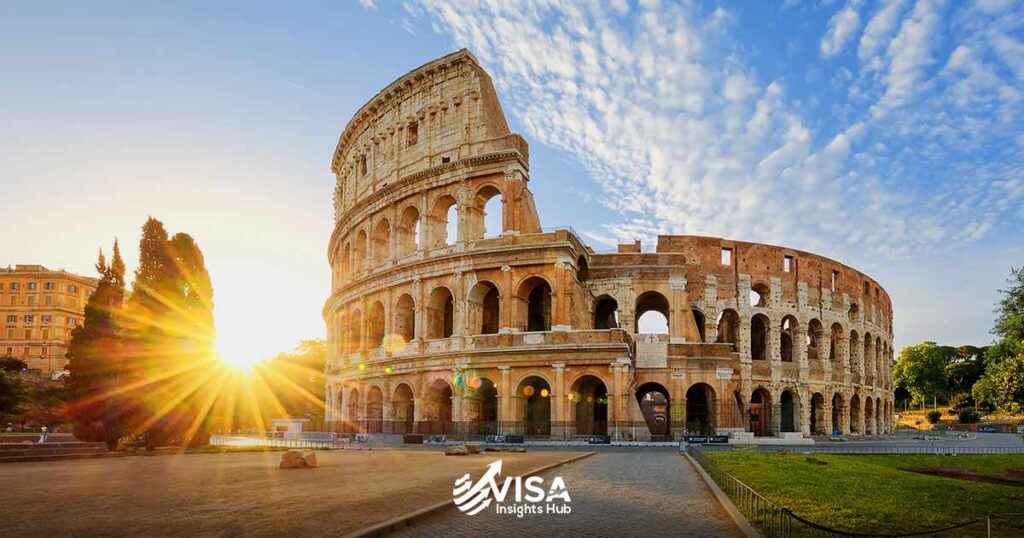Italy Visa
The Schengen Area allows visitors holding Italian Schengen visas the freedom to travel and remain for up to 90 days every six months. Because Italy is a member of the Schengen Area, visitors who hold a valid Schengen visa are able to enter the country. People need to apply for a national visa to Italy if their stay is more than 90 days.

Do I Need to Apply for Visa to Visit Italy?
The need to apply for an Italian visa for brief stays is mostly determined by the nationality. Travelers who are citizens of Schengen nations, EU/EEA member states, Switzerland, or those who are not subject to Schengen visas are not required to have a visa in order to enter Italy. The United States is one of the countries whose citizens are not need to apply for a Schengen visa in order to visit Italy.
Do I Need a Visa to Transit Through an Italian Airport?
Anyone making a stop at an Italian airport or seaport on their way to a non-Schengen destination must get an Italy Transit Visa in order to transit through that airport.
Italy Visas for San Marino and Vatican City
In spite of not being part of the Schengen region, the EU, or the EEA, San Marino and Vatican City are close enough to Italy that an Italian visa will allow you to enter the country.
Italy Visa Application
The Italy visa application process involves several steps:
- Identifying the required type of Italy visa.
- Timely submission of the application.
- Determining the appropriate application submission venue.
- Scheduling an appointment.
- Completing the Italy Visa Application Form.
- Compiling necessary documents.
- Attending the visa interview.
- Payment of visa fees.
Determine the type of Italy visa you need
Two weeks before to the departure date (or no later than six months) is the minimum amount of time that applicants have to submit their Italy Schengen Visa applications. From authorized Visa Application Centers to Italian representations, the venue for the application can vary according to the applicant’s location.
You can apply for:
It is essential to schedule an appointment in advance of applying, considering possible wait times. It is imperative that all necessary documents be properly gathered and that the online Italy Visa Application Form be filled out accurately.
When Should I Submit the Application for an Italy Schengen Visa?
The next step is a visa interview, therefore it’s important to be honest and have a good attitude. Visa fees are non-refundable and must be paid in full on the day of application submission.
Determine where to submit your Italy visa application
Average processing periods are between two and three weeks, though they can be longer depending on the specifics of each case and the location of the application. If your application is approved, you will be able to enter the Schengen area with a visa sticke
when Should I Submit the Application for an Italy Schengen Visa?
displayed on your passport. On the flip side, candidates who are not accepted are sent a letter outlining the reasons for their rejection along with any possible way to appeal.
If you want to avoid fines or visa limitations, you must stay within the 90-day period. Schengen visas are categorized according on their number of entries, which can be either single, double, or numerous.
Can I Stay in Italy Without a Visa?
Providing a brief visit to Italy The majority of visa applications are denied due to inconsistencies in entrance dates or extraordinary circumstances. Italian visa-free travel is valid for three months for citizens of the European Union, Switzerland, Norway, Liechtenstein, and Iceland; extensions of stay beyond this period necessitate a residence permit.
Quick facts about Italy
Italy continues to be a favorite vacation spot for millions of people every year thanks to its beautiful scenery, delicious food, and long history of tourism. Even while most tourists just need a passport to enter Italy, some may also need a visa.